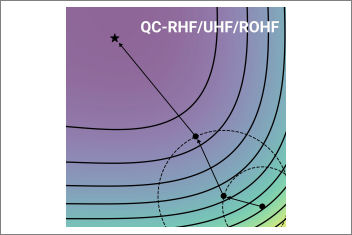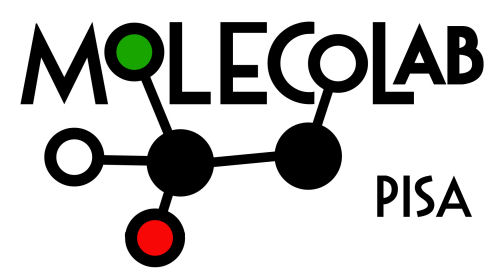
We present the implementation of a quadratically convergent self-consistent field (QCSCF) algorithm based on an adaptive trust-radius optimisation scheme for restricted open-shell Hartree–Fock (ROHF), restricted Hartree–Fock (RHF), and unrestricted Hartree–Fock (UHF) references. The algorithm can exploit Cholesky decomposition (CD) of the two-electron integrals to allow calculations on larger systems. The most important feature of the QCSCF code lies in its black-box nature – probably the most important quality desired by a generic user. As shown for pilot applications, it does not require one to tune the self-consistent field (SCF) parameters (damping, Pulay's DIIS, and other similar techniques) in difficult-to-converge molecules. Also, it can be used to obtain a very tight convergence with extended basis sets – a situation often needed when computing high-order molecular properties – where the standard SCF algorithm starts to oscillate. Nevertheless, trouble may appear even with a QCSCF solver. In this respect, we discuss what can go wrong, focusing on the multiple UHF solutions of ortho-benzyne.
Nottoli, T.; Gauss, J. & Lipparini, F.
Mol. Phys. 119, e1974590 (2021) https://doi.org/10.1080/00268976.2021.1974590

